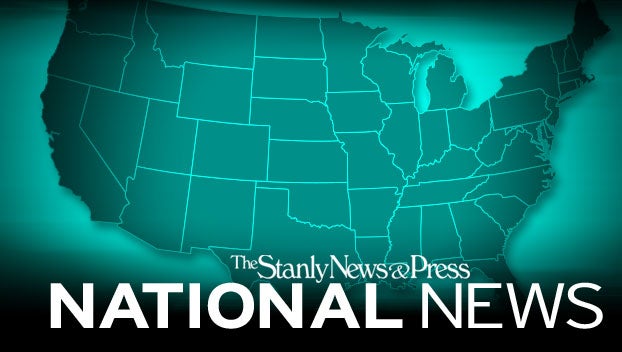Religious headwear permitted in volleyball without high school state association approval
Published 10:09 am Thursday, February 4, 2021
|
Getting your Trinity Audio player ready...
|
High school volleyball players will no longer need to obtain state association approval to wear religious headwear during competition. The rule change highlights three changes approved for the 2021-22 season.
The National Federation of State High School Associations (NFHS) Volleyball Rules Committee conducted its annual meeting Jan. 10-12 in a virtual setting and recommended three rules changes that were subsequently approved by the NFHS Board of Directors.
“The Volleyball Rules Committee strongly considered both the financial impact and participation restrictions COVID-19 had on schools and state associations during the 2020-21 season as they approached the proposed rules changes,” said Lindsey Atkinson, NFHS director of sports and liaison to the Volleyball Rules Committee. “In doing so, the committee focused on rules that make the sport more inclusive by easing the restrictions on religious headwear, provided state associations with more flexibility in regard to officials uniforms, and lessened the penalty for a late lineup.”
Acting on a recommendation from the NFHS Board of Directors, the Volleyball Rules Committee amended Rule 4-1-6, noting that “head coverings worn for religious reasons are not considered hair devices” and do not require state association approval to be worn. However, they must be made of non-abrasive or soft material and fit securely. Head coverings worn for medical reasons still require state association approval.
“Our goal is always to have our athletes be able to participate as long as there isn’t a safety concern involved,” said Jo Auch, assistant executive director of the South Dakota High School Activities Association and chair of the NFHS Volleyball Rules Committee. “It made perfect sense to relax that rule and remove the requirement for the states to authorize the wearing of religious headwear.”
In addition, the penalty in Rule 7-1-4 for a late submission of a lineup was lessened to mirror the penalty for a late roster, which was amended a year ago. If a lineup is not submitted to the second referee two minutes prior to the timed prematch warmup or less than one minute remaining in the timed interval or intermission, it results in an unnecessary delay/yellow card warning. If the lineup has not been submitted by the end of the timed prematch warmup or by the end of the timed interval or intermission, an unnecessary delay/red card penalty shall be assessed to the offending team at the start of that set.
The committee also amended Rule 5-3-1a, which now allows officials to wear a white, blue (cyan) or gray collared shirt, as determined by the state association. Previously, a white shirt was required. This rules change aligns the high school rule with a similar collegiate rule that permits multiple color options.
A complete listing of the volleyball rules changes will be available on the NFHS website at www.nfhs.org. Click on “Activities & Sports” at the top of the home page and select “Volleyball.”
According to the most recent NFHS High School Athletics Participation Survey, volleyball is the second-most popular sports for girls (trailing track and field) with 452,808 participants in 16,572 schools nationwide. In addition, there are 63,563 boys participating in the sport at 2,692 schools, and 25 states conduct state championships in boys volleyball.
The NFHS, based in Indianapolis, Indiana, is the national leadership organization for high school sports and performing arts activities. Since 1920, the NFHS has led the development of education-based interscholastic sports and performing arts activities that help students succeed in their lives. The NFHS sets direction for the future by building awareness and support, improving the participation experience, establishing consistent standards and rules for competition, and helping those who oversee high school sports and activities. The NFHS writes playing rules for 17 sports for boys and girls at the high school level. Through its 50 member state associations and the District of Columbia, the NFHS reaches more than 19,500 high schools and 12 million participants in high school activity programs, including more than 7.9 million in high school sports. As the recognized national authority on interscholastic activity programs, the NFHS conducts national meetings; sanctions interstate events; offers online publications and services for high school coaches and officials; sponsors professional organizations for high school coaches, officials, speech and debate coaches, and music adjudicators; serves as the national source for interscholastic coach training; and serves as a national information resource of interscholastic athletics and activities. For more information, visit the NFHS website at www.nfhs.org.




